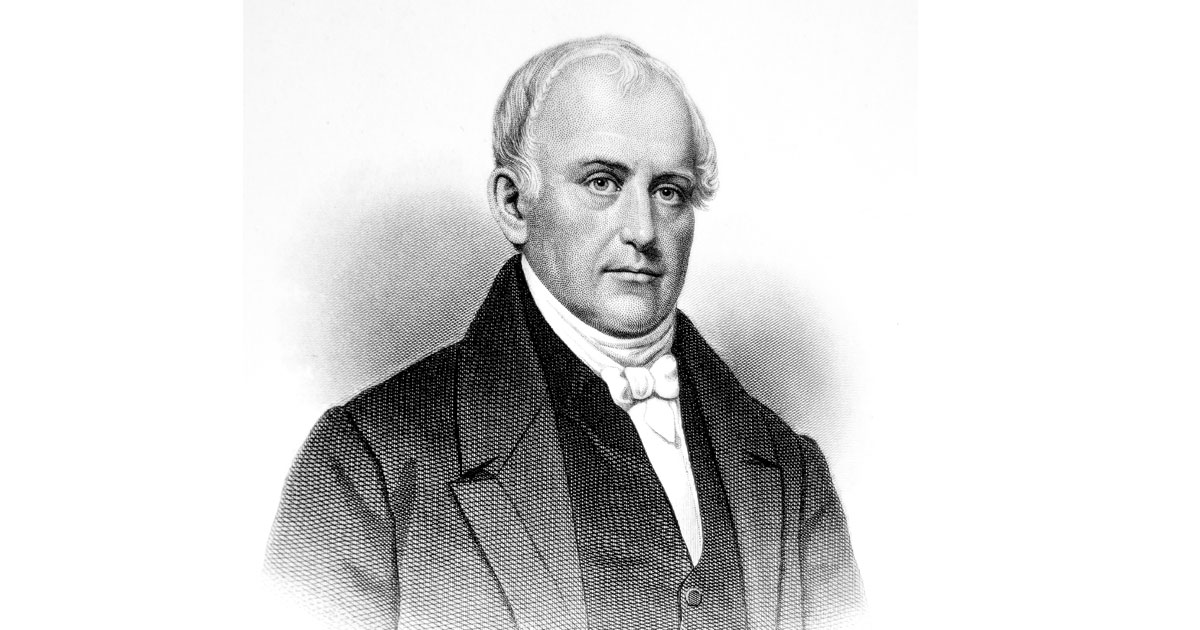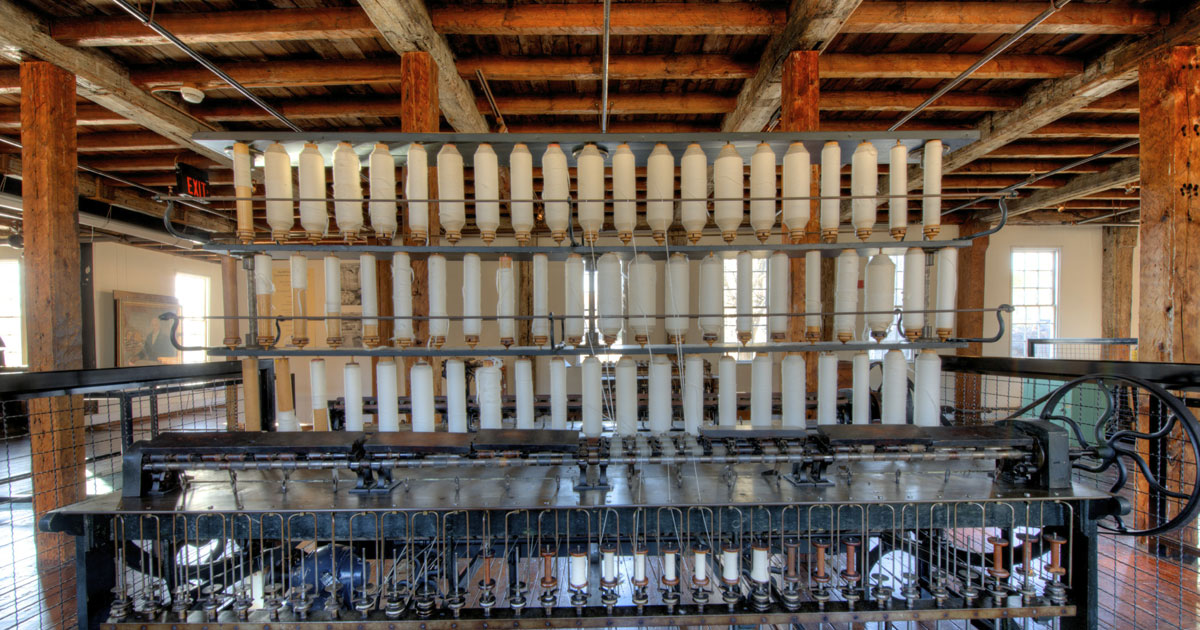Samuel Slater – textile tycoon or traitor?
By Kiron Kasbekar | 26 Dec 2023

Samuel Slater is a name that holds significant importance in the annals of American industrial history. Often referred to as the ‘Father of the American Factory System’, Slater's contributions played a pivotal role in shaping the nation’s industrial landscape. However, in Britain, he is known as ‘Slater the Traitor’ for his role in taking industrial secrets to the United States.
Slater was born on 9th June 1768, in Belper, Derbyshire, England. That was a time when the textile industry was the core of the British economy. From his childhood Slater evinced a keen interest in machinery and industry, which eventually landed him in a textile mill. He was apprenticed to Jedediah Strutt, a prominent figure in the British textile industry, from whom he gained valuable knowledge and skills.
Having gained substantial experience in the textile industry, Slater wanted to achieve more. This aspiration led him to the United States in 1789, at the age of 21.
Slater had to evade the strict British laws of the time that prohibited both the emigration of skilled workers and the export of textile machinery or designs. The British government was committed to British monopoly on industrial technology through such restrictions.
Slater saw an opportunity in America, where such restrictions did not exist, where he was convinced he could flourish.
Soon after he landed in America, began talking about his ideas, and one entrepreneur took notice. In 1790, he got into a partnership with Moses Brown, a rich Rhode Island-based merchant, to build the first successful cotton-spinning mill in America at Pawtucket on, Rhode Island. The key to the enterprise was Slater's knowledge of the textile industry and his ability to replicate British spinning machinery from memory.

Slater's mill became a landmark in the American factory system. It began the mechanization of the textile industry in America, increasing production efficiency many times. The mill also used water-powered machinery and instituted a system of division of labor, where each worker was responsible for a specific task in the production process. This system slashed production costs and laid the foundation for the industrialization of the American textile industry.
Samuel Slater’s influence extended well beyond the establishment of that first successful mill. Word of his innovations and expertise quickly spread, and several other factories came up in New England and beyond, modeled after his mill. The system not only transformed the American textile industry but also had an impact on the broader American economy.
Slater's mills and other factories that came after them created work for thousands of workers, and gave a boost to urbanization in the region.

Slater's influence extended well beyond the textile mills he created and inspired. He inspired countless other entrepreneurs to innovate and build factories, adding momentum to American industrialization. The system he pioneered set the lead for the development of many other industries there.
No wonder, then, that Slater is often referred to as the ‘Father of the American factory system’.
But, as you might have expected, far from celebrating the man’s achievements, his home country, Britain, condemned Slater's contributions to American industry. In Britain he was called ‘Slater the Traitor’ for having betrayed his homeland by taking valuable industrial knowledge to a foreign land.
While the Americans applauded Slater for having brought them an efficient technology, the British government, which had imposed stringent restrictions on the emigration of skilled workers and the export of industrial technology, saw his actions as a breach of British industrial secrecy. To the British, he was a traitor who had taken Britain's industrial secrets to a nation that was rapidly becoming a major competitor.



















